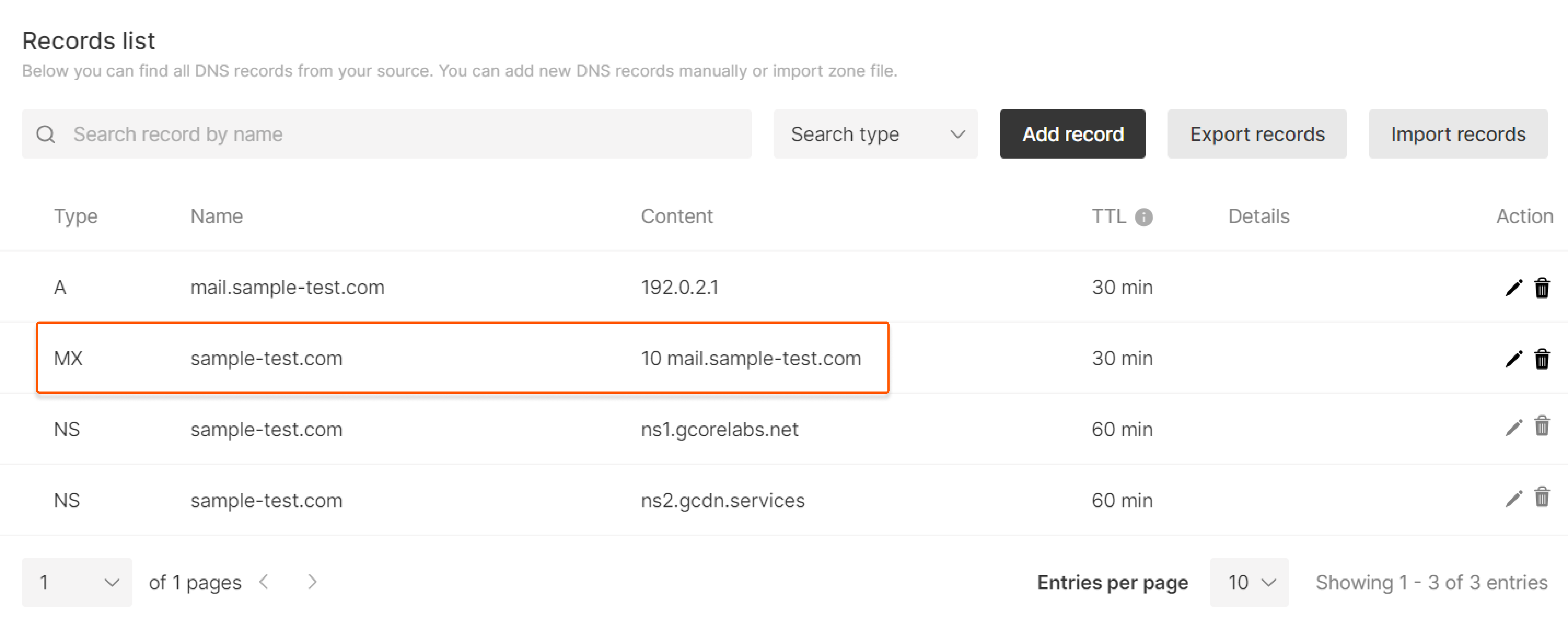What are DNS Records for Email?
DNS records are like the postal service of the internet – they help route emails to the correct destination. In the context of email, DNS (Domain Name System) records play a vital role in ensuring that your emails are delivered successfully to the intended recipients. Without proper DNS settings, your emails could end up lost in cyberspace or even worse, marked as spam.
So, what exactly are DNS records for email, and why are they important? Let’s dive into the world of DNS and how it impacts the delivery of your emails.
Types of DNS Records for Email
There are several types of DNS records that are essential for email delivery. The most common ones include:
- MX (Mail Exchange) Records: MX records specify the mail servers responsible for receiving emails on behalf of a domain. These records point to the email servers that will handle incoming email messages.
- SPF (Sender Policy Framework) Records: SPF records help prevent email spoofing by verifying that the sender’s email address is legitimate. They specify which servers are authorized to send emails on behalf of a domain.
- DKIM (DomainKeys Identified Mail) Records: DKIM records add a digital signature to email messages, allowing the recipient’s email server to verify the message’s authenticity.
- DMARC (Domain-based Message Authentication, Reporting, and Conformance) Records: DMARC records provide instructions for email servers on how to handle messages that fail SPF and DKIM checks. They help prevent email phishing and spoofing attacks.
Importance of DNS Records for Email
Having the correct DNS records in place is crucial for the successful delivery of your emails. Here are some reasons why DNS records are important for email:
- Reliability: Proper DNS settings ensure that your emails are routed correctly and delivered to the intended recipients without delays or issues.
- Deliverability: Correct DNS records help prevent your emails from being flagged as spam or rejected by recipient email servers.
- Security: SPF, DKIM, and DMARC records enhance email security by verifying the authenticity of email senders and preventing spoofing attacks.
- Trustworthiness: By having the right DNS records in place, you improve your domain’s reputation and credibility as a sender, increasing the likelihood of your emails reaching the inbox instead of the spam folder.
How to Check and Set Up DNS Records for Email
Checking and setting up DNS records for email may sound complex, but it doesn’t have to be. Here are some steps to help you ensure that your DNS settings are optimized for email delivery:
- Check your current DNS records: Use a DNS lookup tool to review your domain’s existing DNS records, including MX, SPF, DKIM, and DMARC records.
- Verify record accuracy: Ensure that your DNS records are accurate and up to date to avoid any delivery issues or security vulnerabilities.
- Set up missing records: If any essential DNS records are missing, such as SPF or DKIM records, work with your domain registrar or hosting provider to add them to your DNS configuration.
- Monitor performance: Regularly monitor your DNS records and email deliverability to address any issues promptly and ensure optimal email performance.
By following these steps and maintaining proper DNS records for email, you can improve the deliverability, security, and reliability of your email communications. Remember, DNS is the unsung hero of email delivery, so make sure your records are in top shape to ensure smooth sailing for your messages!
